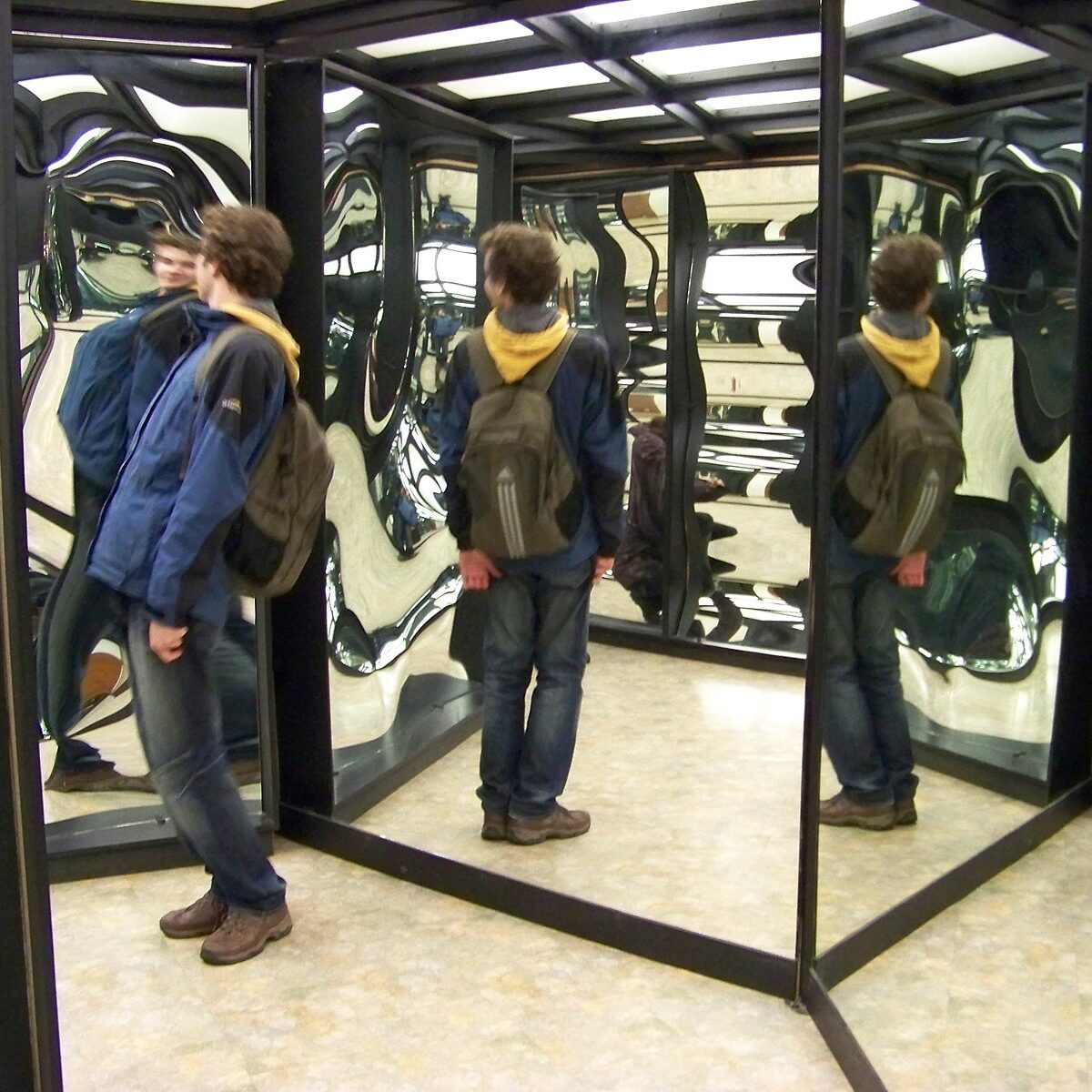
In this quest to move past dualism, it may be useful to examine a few key revolutions that corrected erroneous and sometimes damaging perspectives in the past. I hope to cast dualism in a similar mold: eventually to be abandoned as an embarrassing, destructive, and self-centered phase of adolescent excess.
We’ll consider common elements of past beliefs (flat earth, geocentric, creationist) that most eventually moved beyond, and see that dualism shares many of the same traits of anthropocentrism and missing context.
Past Prevailing Paradigms
We’ll start with Flat Earth beliefs, as touched on in the previous post. In all likelihood, more than one human over the hundreds of thousands of years prior to the agricultural period imagined the sun and moon to be spheres (illumination of lunar phases as a pertinent clue), and assumed the same to be true for Earth. The Greeks convinced themselves that Earth was round, and even estimated its circumference based on shadow lengths at the summer solstice. Astute sailors knew something fishy was afloat well before the voyage of Columbus, based on how ships and land reliably sink below the horizon as distance increases. Yet Flat Earth belief prevailed until recently. Part of the point is that adoption is not monolithic or simultaneous. Most people still had no need for anything but a Flat Earth model. Restricted to a small locale, the larger truth was neither evident nor relevant. That’s what counts for effective mental models. A Flat Earth model is not at all inappropriate, in a limited context. All mental models are incomplete and wrong in some way(s), after all.
Continue readingViews: 999









